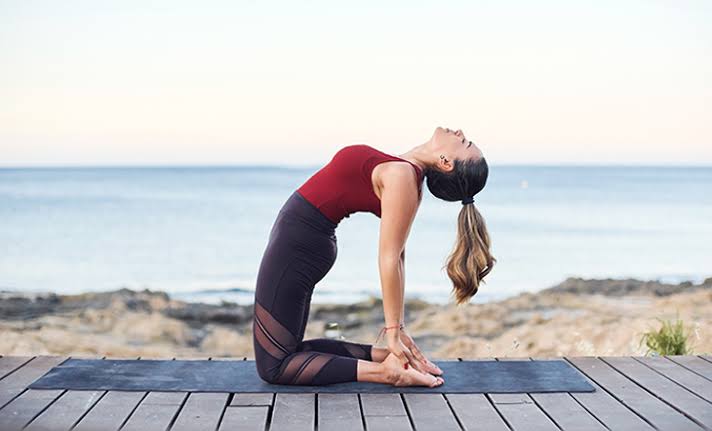If you do not have a habit of exercising it is important that you go slowly with yoga, to gain flexibility while also benefiting your mind.
Nowadays, yoga is one of the most used exercises to combat stress.
We are facing a type of discipline with a long tradition in the field of physical care and personal and spiritual growth.
It is a way of harmonizing body and mind, where a series of asanas (postures) allows us, among other things, to relieve tensions and worries.
Thus, and as curious as it may be, it is often said that when a person begins to practice yoga their thoughts change.
The body relaxes; the mind becomes aware of it and one’s own needs to start small, to improve life habits.
According to Yoga Teacher Training in Rishikesh this practice allows us to find that point of perfect physical and psychological balance with which to gain in well-being.
According to science, yoga helps us reduce stress
In addition to psychological therapies, the practice of yoga, such as Mindfulness, stands as those secondary strategies that are more than adequate that we always have within our reach to improve our mood.
Thus, many psychologists recommend these practices to work mindfulness, to relieve physical tensions and harmonize the mind.
These mental states that promote this type of discipline help us to manage emotions and worries much better.
Likewise, studies such as the one carried out at the University of California, demonstrated that it was enough to practice yoga 12 minutes for 8 weeks in a row to perceive certain improvements.
Among the changes that could be demonstrated, is the reduction of inflammatory processes and the strengthening of the immune system (two dimensions that are usually weakened when we experience stress).
So let’s see what asanas (postures) can help us reduce this psychological condition.
- Child’s position
Known as balasana, this posture is perfect for fighting stress since it is used in yoga classes to rest. Therefore, the child’s posture gives mental rest and is used primarily to calm anxiety and stress in general. Performing it is very easy.
- Roll up
- Place the upper body on the floor with your arms extended.
- Inhale exhale deeply.
- Viparita Karani
Posture, which is also called legs on the wall, is ideal for stress and back ailments. This is because this position decreases and relieves tension in the lower part of the spine and the hip.
This posture is of great help to treat other types of pain or conditions such as arthritis, insomnia, mild depression and cramps in various parts of the body.
- Savasana
Savasana posture is one of the basic ones to relax and, thus, reduce stress. Broadly speaking, the body’s posture relaxes the body, calms the mind and relieves stress and is used to treat anxiety, high blood pressure, depression, and headaches.
This position seems simple, the truth is that it is not so. First of all, it is required to be completely calm and concentrated.
The body should be placed on the back, on the mat or yoga mat, with the legs open at the height of the hip and rest the arms to the side with the palms of the hands up.
They close their eyes and breathe deeply and slowly while taking all the relaxation to the body in general. This position should be maintained for about five or ten minutes.
- Supine closed-angle
Posture mainly helps to control stress and have a better quality of life, mainly in its emotional aspect. That is why this position is very effective for anger and anguish.
Closed-angle supine is performed as follows: we lie on our backs, placing two small pillows next to each thigh, which should be flexed, placing the palms of the feet facing each other. The palms of the hands should be at the side of the body, facing up. The breath must be slowly and deeply for one or two minutes. The knees should open and close while doing this posture.
- Kapalabhati Pranayama
Type of posture is one of the best known and easiest to perform yoga. It mainly helps to relax the body and, thus, reduce stress and anxiety.
In this case, just sit with your knees bent and your arms on your knees. A series of deep and regular inspirations are made with eyes closed.
Conclude; do not hesitate to practice these asanas in your day today. Be constant, learn to manage your emotions and do not forget the importance of requesting expert psychological help to deal with these states of stress that can sometimes become chronic.


